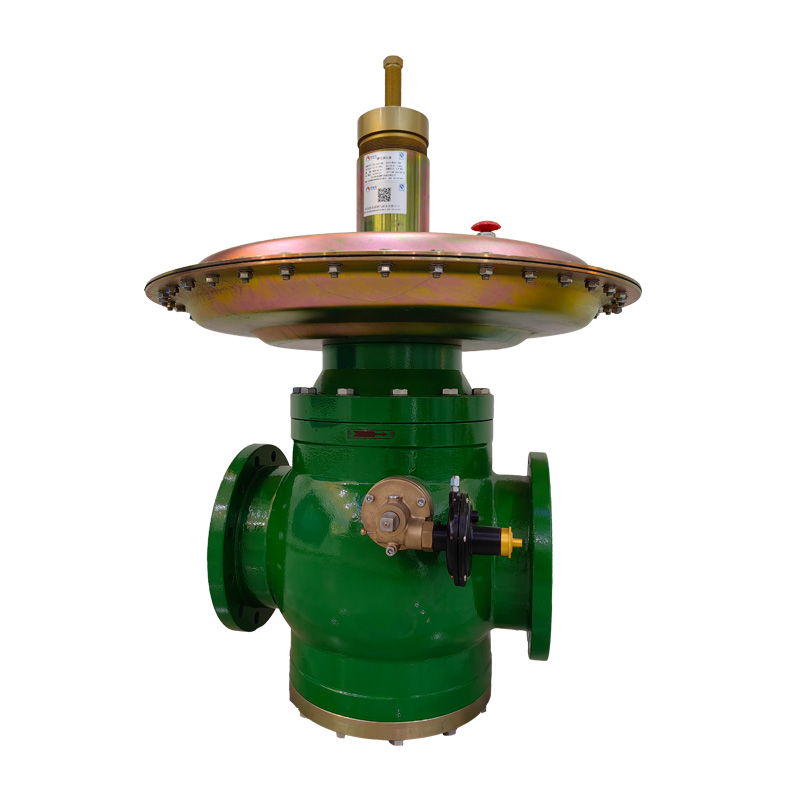
Dec . 18, 2024 14:24
Back to list
Pressure Reduction Solutions for Improved Efficiency and Comfort
Understanding Pressure Reducing Valves A Comprehensive Guide
Pressure reducing valves (PRVs) play a crucial role in various applications, ensuring that systems operate safely and efficiently. These devices regulate the pressure of a fluid or gas, reducing it to a desired level before it reaches downstream components. This article explores the importance of pressure reducing valves, their working mechanism, and their applications across different industries.
What is a Pressure Reducing Valve?
A pressure reducing valve is a type of valve that automatically reduces high incoming pressure to a set lower pressure. This is essential in many systems, such as water supply, HVAC (heating, ventilation, and air conditioning), and gas distribution, where pressure control is critical for maintaining operational integrity and safety.
How Does a Pressure Reducing Valve Work?
PRVs operate on a simple principle. They consist of a valve body, an actuator, a spring, and adjusting screws. The valve adjusts the flow of the fluid or gas based on the downstream pressure. Here's how the process typically works
1. Inlet Pressure High-pressure fluid enters the valve. 2. Sensing Element A diaphragm or piston senses the downstream pressure. 3. Adjustment Mechanism The diaphragm's movement adjusts the position of the valve seat, allowing more or less fluid to pass through. 4. Maintaining Set Pressure Once the downstream pressure reaches the desired level, the valve automatically adjusts to maintain this pressure despite fluctuations in the inlet pressure.
Applications of Pressure Reducing Valves
.
2. HVAC Systems In HVAC applications, pressure reducing valves help maintain proper airflow and pressure levels within ductwork. This ensures efficient heating and cooling, improving energy efficiency and occupant comfort.
مزلقة تخفيض الضغط

3. Industrial Applications Many industrial processes require precise pressure control. PRVs are utilized in manufacturing plants, chemical processing, and power generation to regulate process fluids and gases, ensuring safe and efficient operations.
4. Natural Gas Distribution In the natural gas sector, PRVs manage the pressure of gas delivered to consumers. By maintaining stable pressure levels, these valves help prevent leaks and enhance the safety of gas supply systems.
5. Irrigation In agricultural irrigation systems, PRVs regulate the pressure of water delivered to crops. This ensures uniform distribution and prevents overwatering or underwatering, which are critical for sustainable farming practices.
Benefits of Using Pressure Reducing Valves
1. Safety By maintaining pressure within safe limits, PRVs reduce the risk of equipment failure and enhance operational safety.
2. Efficiency These valves optimize fluid or gas usage, improving the overall efficiency of systems. This results in lower energy costs and reduced wear and tear on equipment.
3. Reduced Maintenance With stable pressure control, the likelihood of system damage decreases, leading to lower maintenance costs and extended equipment life.
4. Environmental Impact Efficient pressure control can lead to reduced energy consumption and lower emissions, contributing to environmental sustainability.
Conclusion
Pressure reducing valves are essential components in a wide range of systems, from water supply to industrial manufacturing. Their ability to regulate pressure enhances safety, efficiency, and reliability. As industries continue to prioritize sustainability and operational excellence, the role of pressure reducing valves will only become more significant in ensuring safe and efficient fluid and gas management. Understanding these devices' importance and functionality allows industries to make informed decisions and invest in solutions that improve overall performance.
Next:
Latest news
-
Safety Valve Spring-Loaded Design Overpressure ProtectionNewsJul.25,2025
-
Precision Voltage Regulator AC5 Accuracy Grade PerformanceNewsJul.25,2025
-
Natural Gas Pressure Regulating Skid Industrial Pipeline ApplicationsNewsJul.25,2025
-
Natural Gas Filter Stainless Steel Mesh Element DesignNewsJul.25,2025
-
Gas Pressure Regulator Valve Direct-Acting Spring-Loaded DesignNewsJul.25,2025
-
Decompression Equipment Multi-Stage Heat Exchange System DesignNewsJul.25,2025

